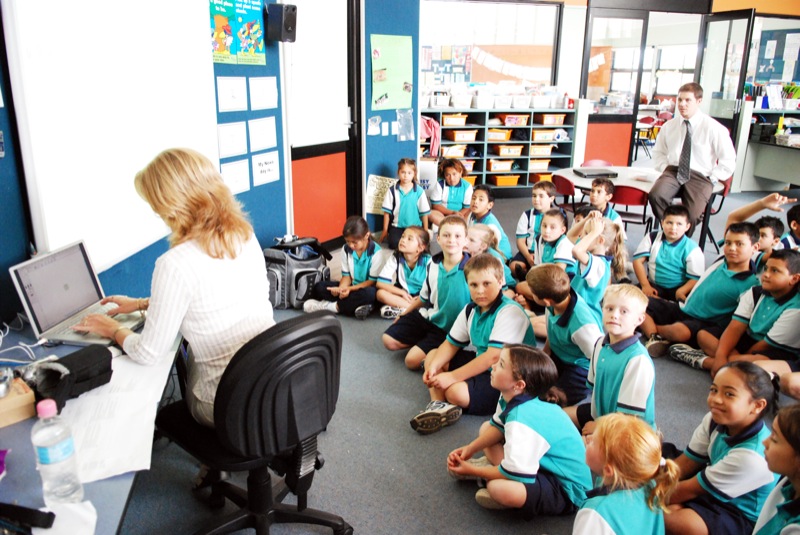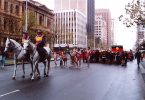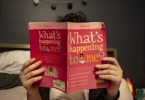Educators have called for a change in how schools teach ‘real-world’ applications of literacy and numeracy after preliminary NAPLAN test results showed a flat-lining of results over the past seven years.
The National Assessment Program – Literacy and Numeracy tests students in grades three, five, seven and nine in schools across the country.
The tests have been widely criticised in the past, with schools accused of ‘teaching to the test’ in order to achieve good results, which parents could review online on the MySchool website.
Preliminary 2015 results showed marginal improvements or levelling out in reading across each of the tested grades from 2008 to the present.
Kirsty White saw her two step-children through NAPLAN testing, and her youngest daughter is a Grade 1 student yet to go through the testing at a government primary school in Melbourne’s eastern suburbs. She said students’ experience with the tests depends a lot on the school they attend.
“We’ve not had negative experiences with NAPLAN because the public schools we’re involved with are very good with the kids.
“The kids are not coached in the tests, rather in the experience, and understand that these tests are just a part of their overall learning experiences rather than the be all and end all of their education.”
White said many parents she knew chose the school their child attended based on results without understanding their context. On the other hand, she said, the data could be useful in determining which schools were struggling.
“If the data is used to provide additional resources to schools that need extra teaching resources or extended programs then I have no issue with it.”
Senior lecturer in education policy at the University of Melbourne, Suzanne Rice, said while it was impossible to pin down reasons for these results without further research, a shortage of quality teachers may have contributed to underwhelming NAPLAN results.
“In terms of teacher workforce and supply we have some shortages, certainly in maths teachers and a certain amount of teaching out of field,” she said. “There are some English teacher shortages in some places.”
Dr Rice said further research should be done to determine how Australian schools are becoming ‘market-focussed’.
“Certainly there is some overseas research that suggests that when you put schools in competition with each other there is a tendency not to improve results but compete in the marketplace to gain the greatest proportion of those students who are going to achieve easily.”
This might lead to schools spending funding on “glossy facilities” to attract potential parents rather than improving learning outcomes for existing students, according to Dr Rice.
Co-founder and deputy principal of planned independent Sandridge School, Sophie Fenton, said lacklustre NAPLAN results could be, in part, due to a lack of innovation in how schools teach their students.
“Kids still do not have a sense of why they learn what they learn and without a deep sense of purpose to that learning, students tend not to own their learning,” she said.
‘You can’t shift the performance and capacity of kids unless they buy into it and they’re not buying in to our contemporary education system.”
Fenton worked with principal Jeanne Shaw to found Sandridge School, which is due to open in Port Melbourne in 2016.
The school has a focus on “global community understanding and ethical citizenship”, and students will be able to participate in long-term programs with community organisations to solidify theoretical learning in the classroom.







